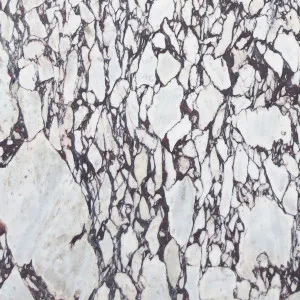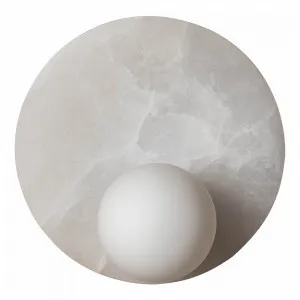Ideas
Mastering the Art of Mood Boarding | The Ultimate Interior Design Tool
It takes time, patience, and a little inspiration to master the art of anything, even mood boarding. Take our mood board tool, for example, it’s fun, your creativity soars and it’s perfect for capturing your vision, but there’s definitely an art to mastering it. You need to get the concept, aesthetics, and placement perfect otherwise it can feel like there’s something not quite right. Plus, mood boarding is such a personal project, that this will look different to everyone.
But you’re in luck. We’re taking you through our ultimate guide to mastering the art of mood boarding. We’ve put together our best tips and tricks, favourite places to find inspiration, and even a few examples to help you create your perfect vision. Let’s dive in.
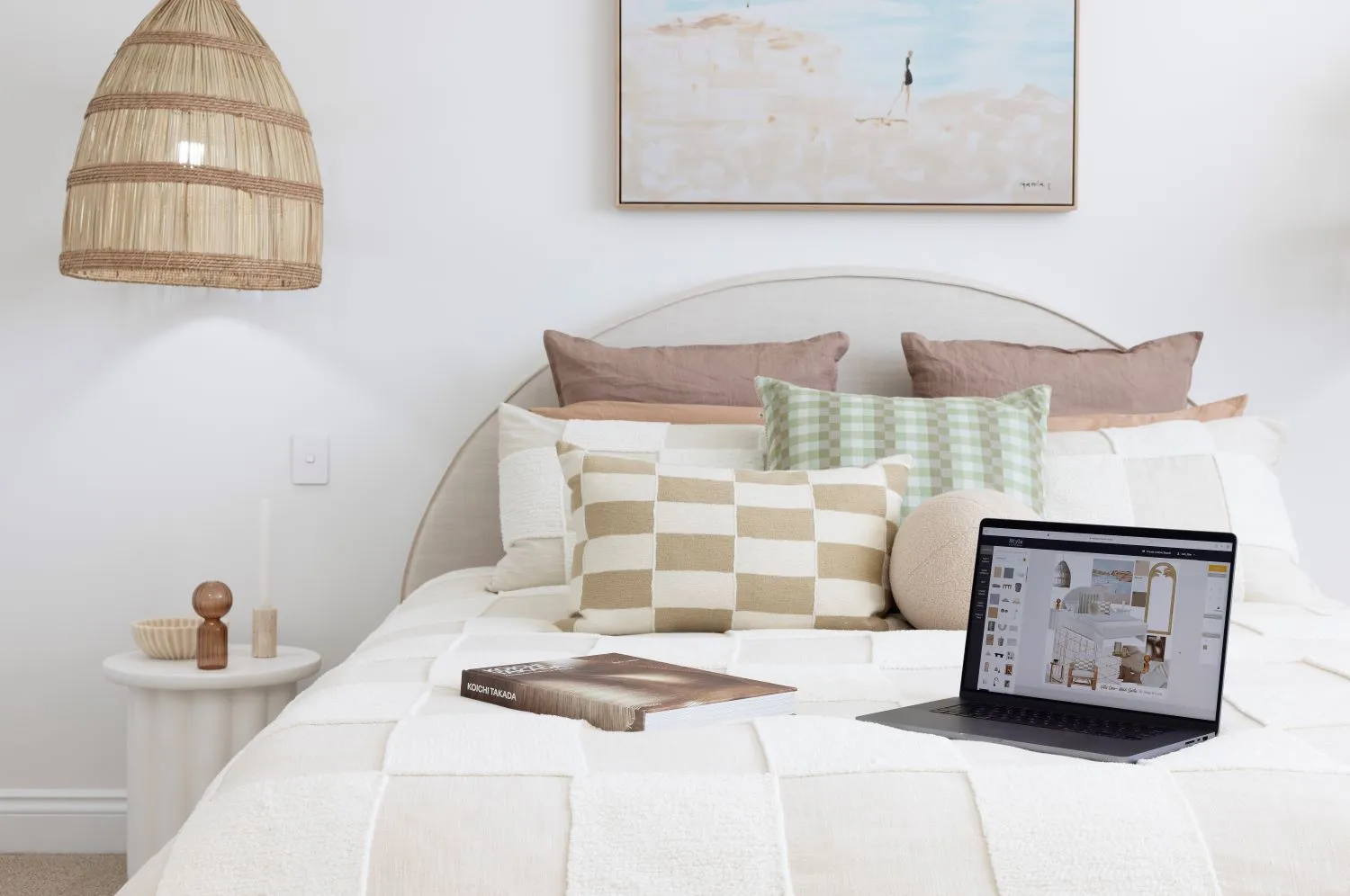 Image credit: Sage & Cove | Villa Styling
Image credit: Sage & Cove | Villa Styling
Start with Inspiration
Mood board inspiration can look like a lot of different things. Maybe you have a client concept that has specific notes, or you have a blank canvas room and you’re not sure where to start. Our best tip is to begin by browsing through our mood board library. Discovering what our design community has previously created can give you a world of inspiration and even a starting point for your mood board.
Pinterest is also the perfect place to find inspiration, even for your mood board. This can look like rooms you want to recreate, palettes you love, or current trend styles - it’s all there. Did you know you can also link your Pinterest account to your Style Sourcebook account with our Pinterest Integration? Connect your account from the ‘Create a Mood Board’ page.
Another (maybe cliché) place to find inspiration is the spaces around you. Think of recent spots you’ve visited, such as a restaurant, location, or even just a friend's home. Inspiration is everywhere!
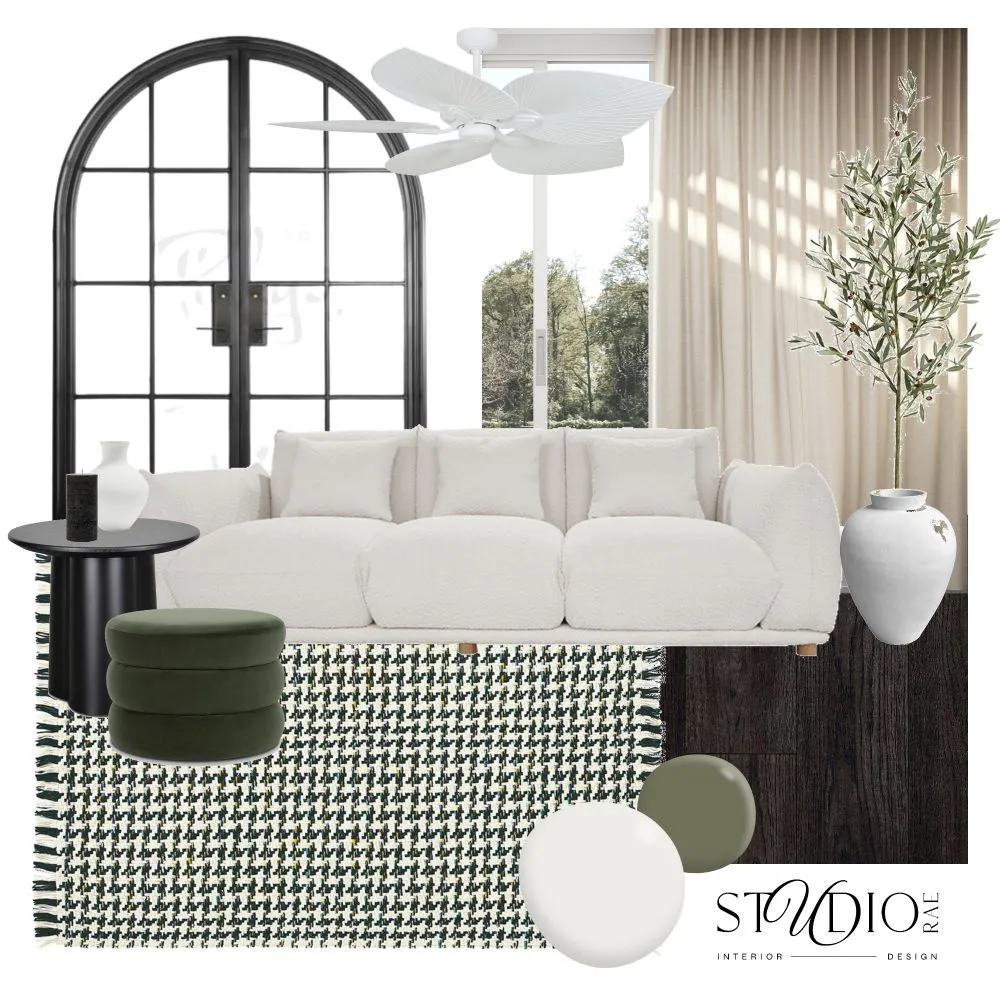 Mood board created by Studio Rae Interior Designs on Style Sourcebook. View mood board here.
Mood board created by Studio Rae Interior Designs on Style Sourcebook. View mood board here.
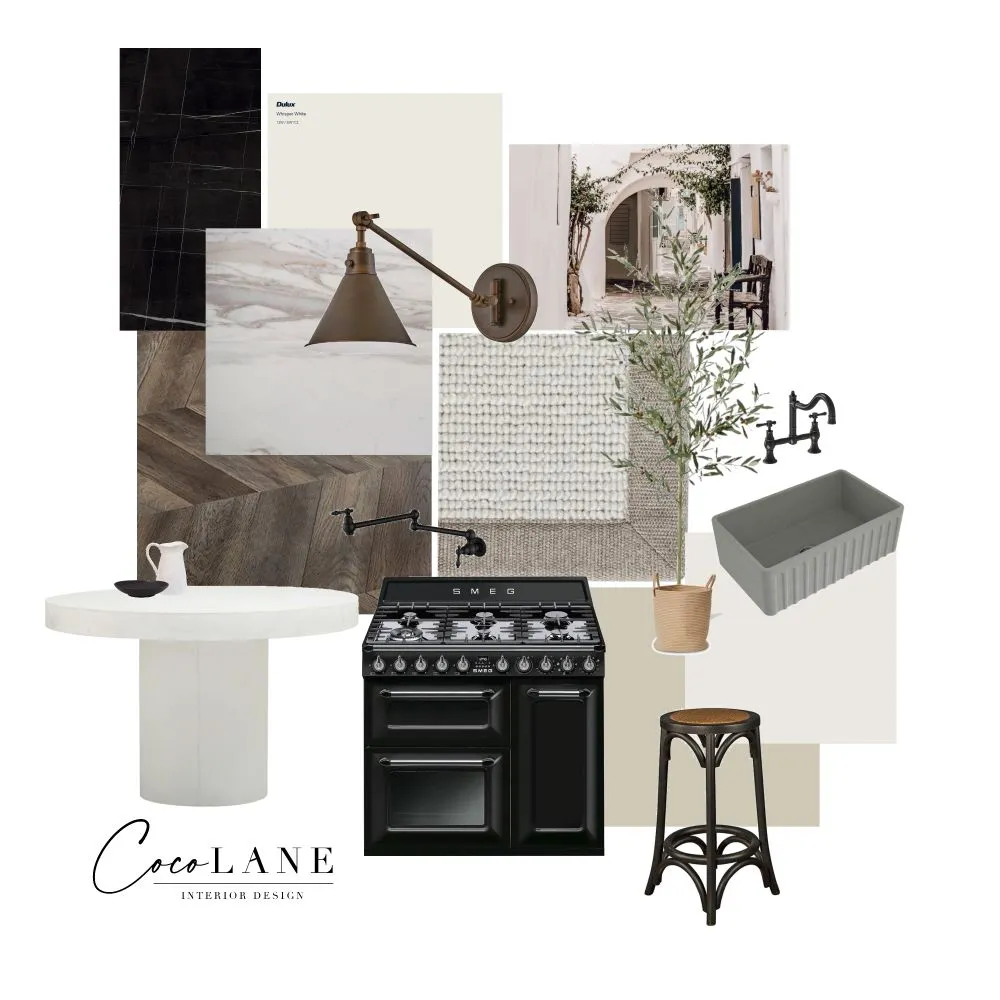 Mood board created by Coco Lane Interior Design on Style Sourcebook. View mood board here.
Mood board created by Coco Lane Interior Design on Style Sourcebook. View mood board here.
Types of Mood Boards
Before we master the mood board, it’s important to choose what type of mood board you’re going to create. We’ve put together a few of the most popular styles we see:
Flat Lay
Flat lays are one of our communities most loved styles of mood boards. Flat lays feature a strategic arrangement of key products to paint a picture of what the designer or user is trying to achieve.
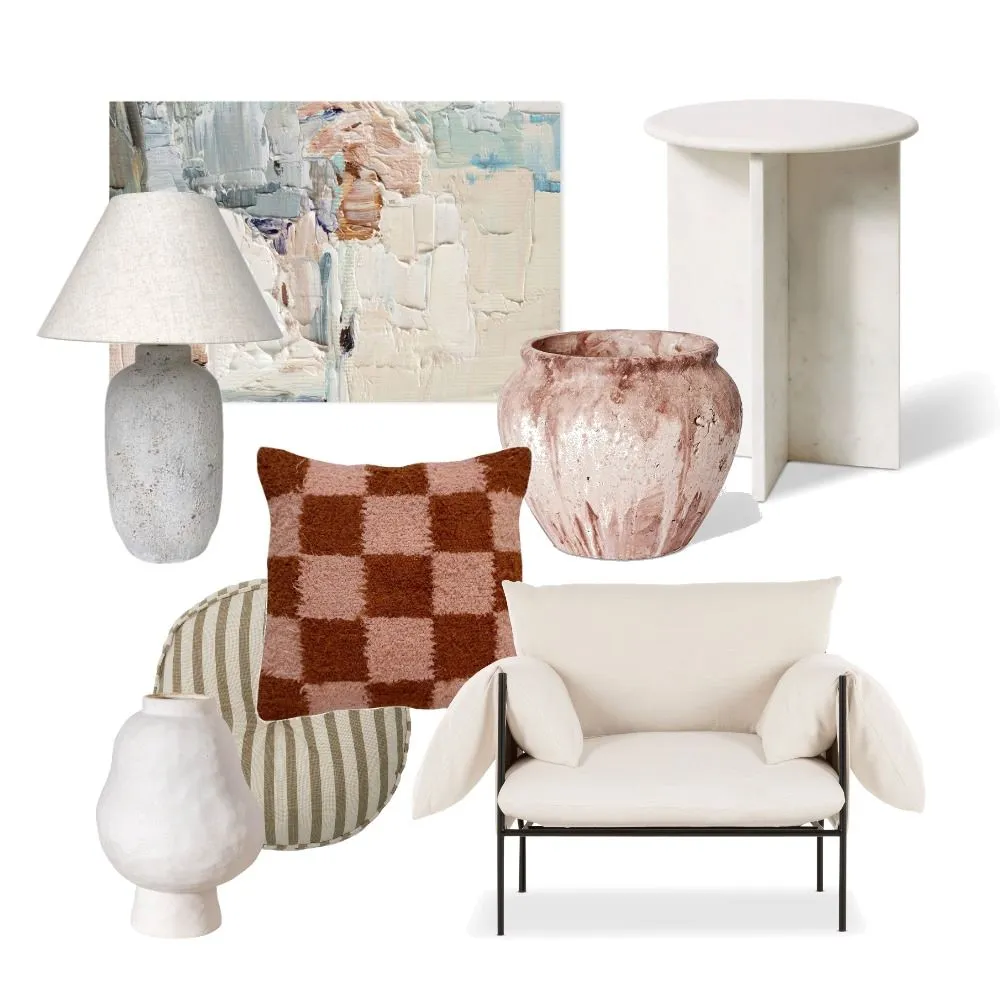 Mood board created by Flawless Interiors Melbourne on Style Sourcebook. View mood board here.
Mood board created by Flawless Interiors Melbourne on Style Sourcebook. View mood board here.
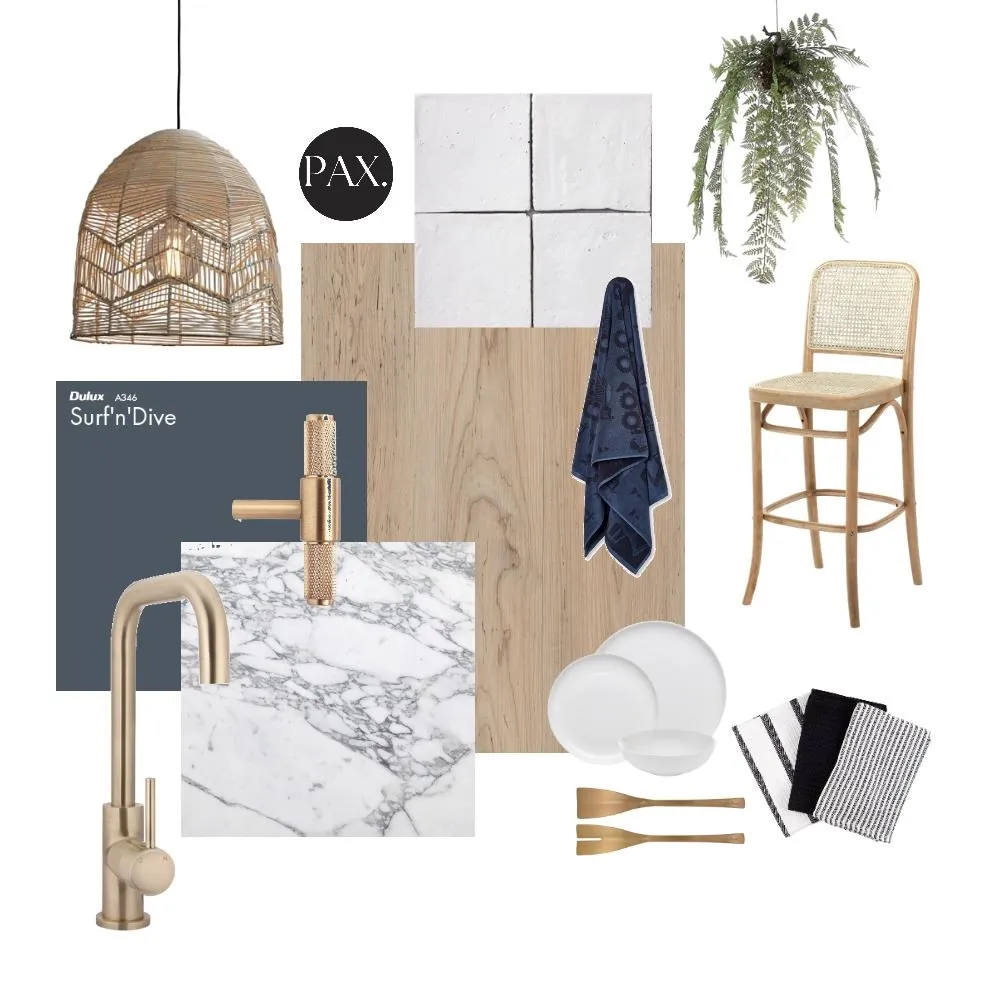 Mood board created by PAX Interior Design on Style Sourcebook. View mood board here.
Mood board created by PAX Interior Design on Style Sourcebook. View mood board here.
Concept
Concept mood boards are another popular choice. They often feature an image as a reference to the end goal. These mood boards are popular amongst designers who are aiming to convey their aesthetic as straightforwardly as possible.
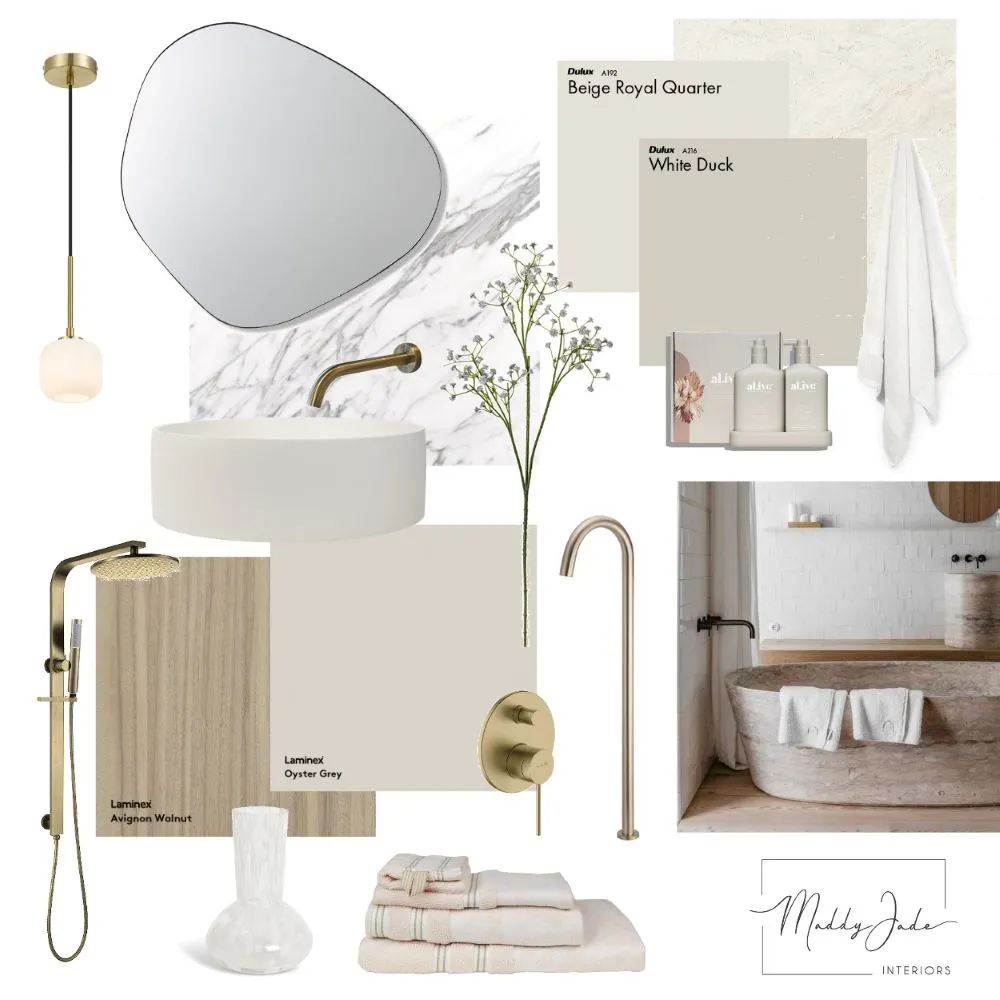 Mood board created by Maddy Boyd on Style Sourcebook. View mood board here.
Mood board created by Maddy Boyd on Style Sourcebook. View mood board here.
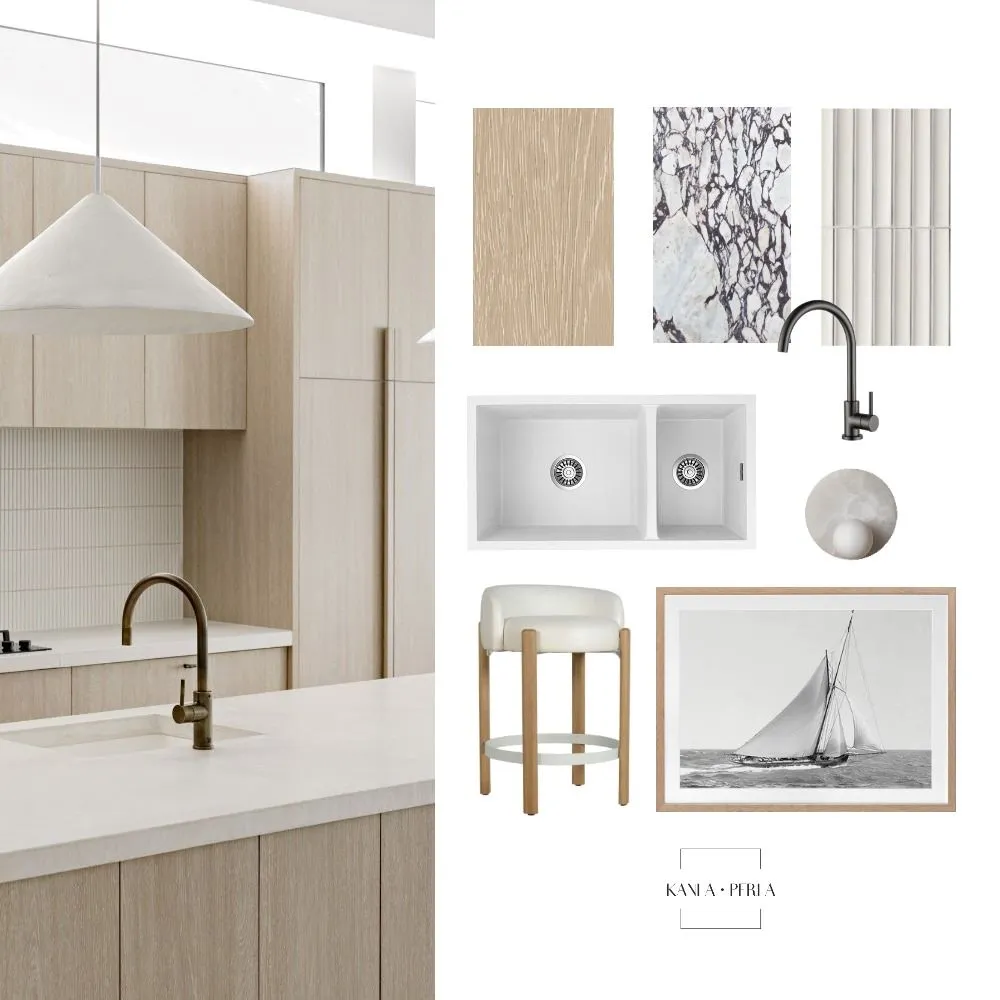 Mood board created by K A N L A P E R L A on Style Sourcebook. View mood board here.
Mood board created by K A N L A P E R L A on Style Sourcebook. View mood board here.
Room Layout
Room layouts are a precise style of mood boarding. They aim to illustrate the literal layout of how each piece would look within a space.
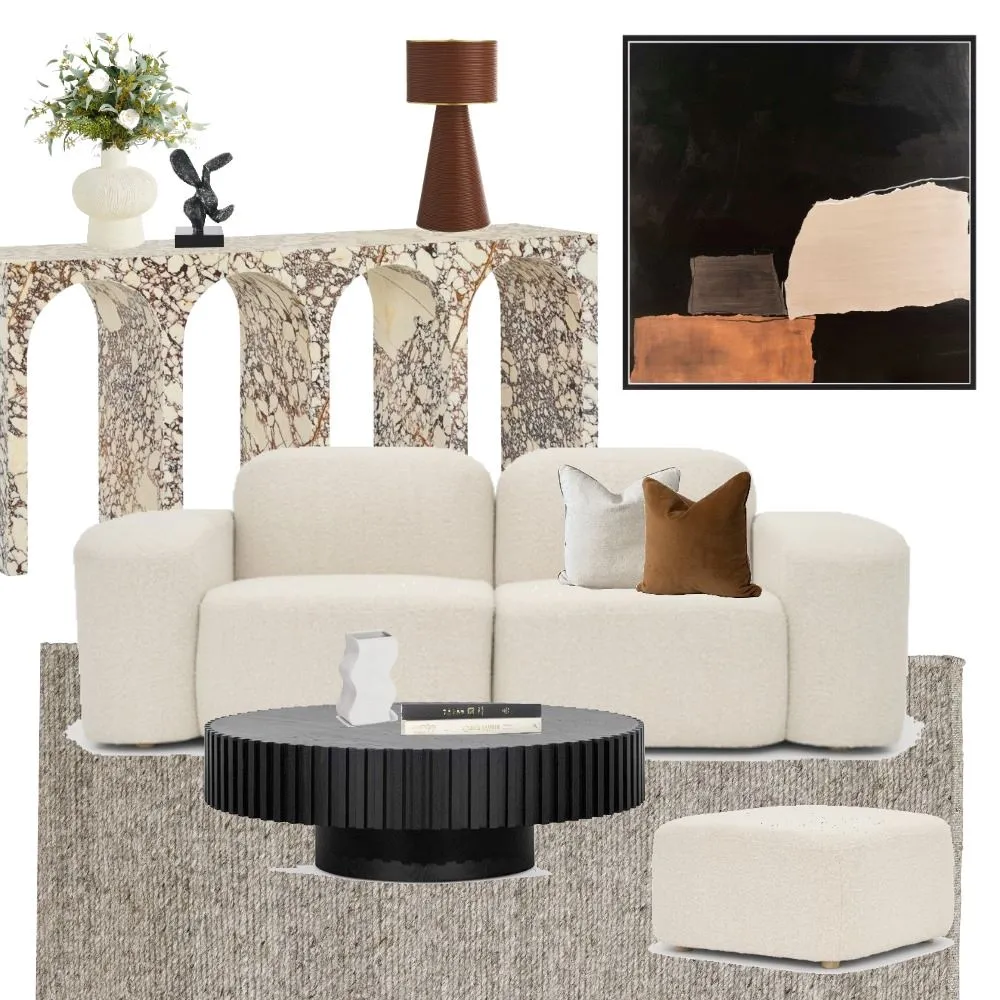 Mood board created by The Interior Duo on Style Sourcebook. View mood board here.
Mood board created by The Interior Duo on Style Sourcebook. View mood board here.
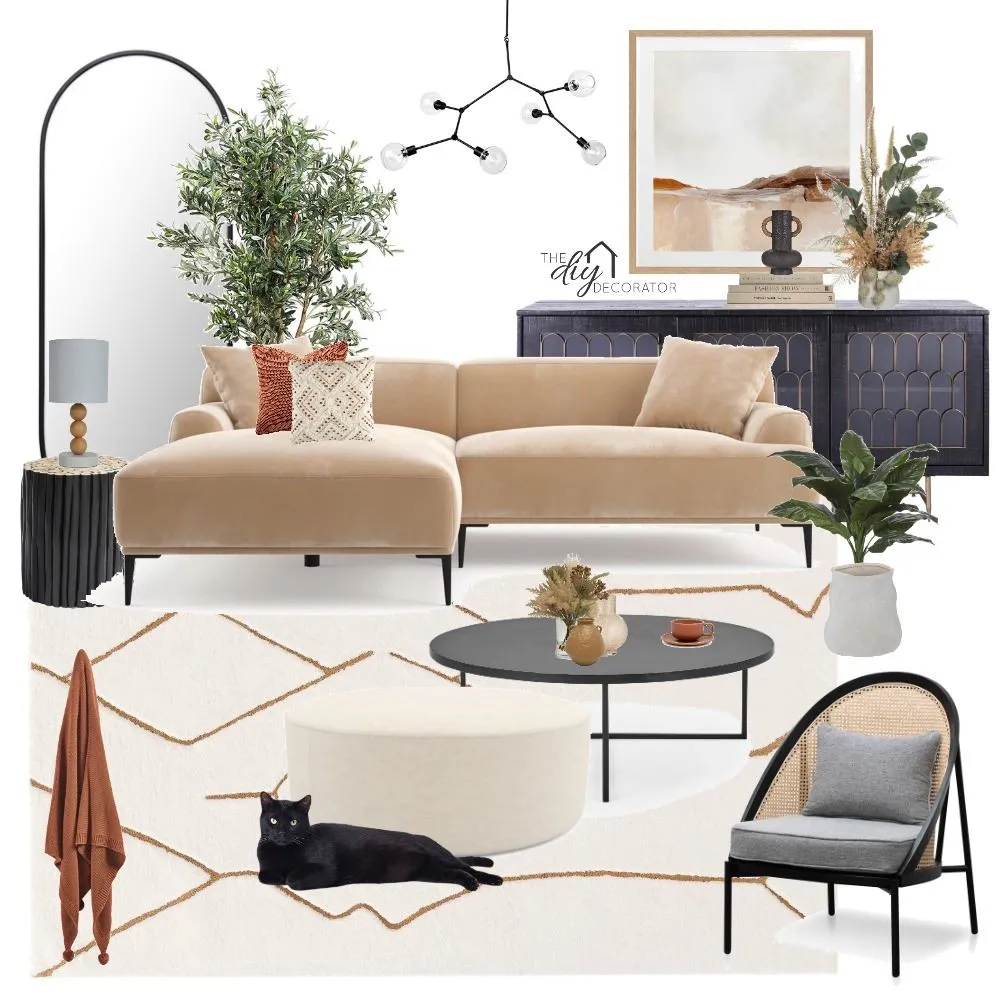 Mood board created by The DIY Decorator on Style Sourcebook. View mood board here.
Mood board created by The DIY Decorator on Style Sourcebook. View mood board here.
Listed
Listed mood boards are another great option for designers as they work through the list of each product, and even sometimes detail the reason behind why the product was chosen.
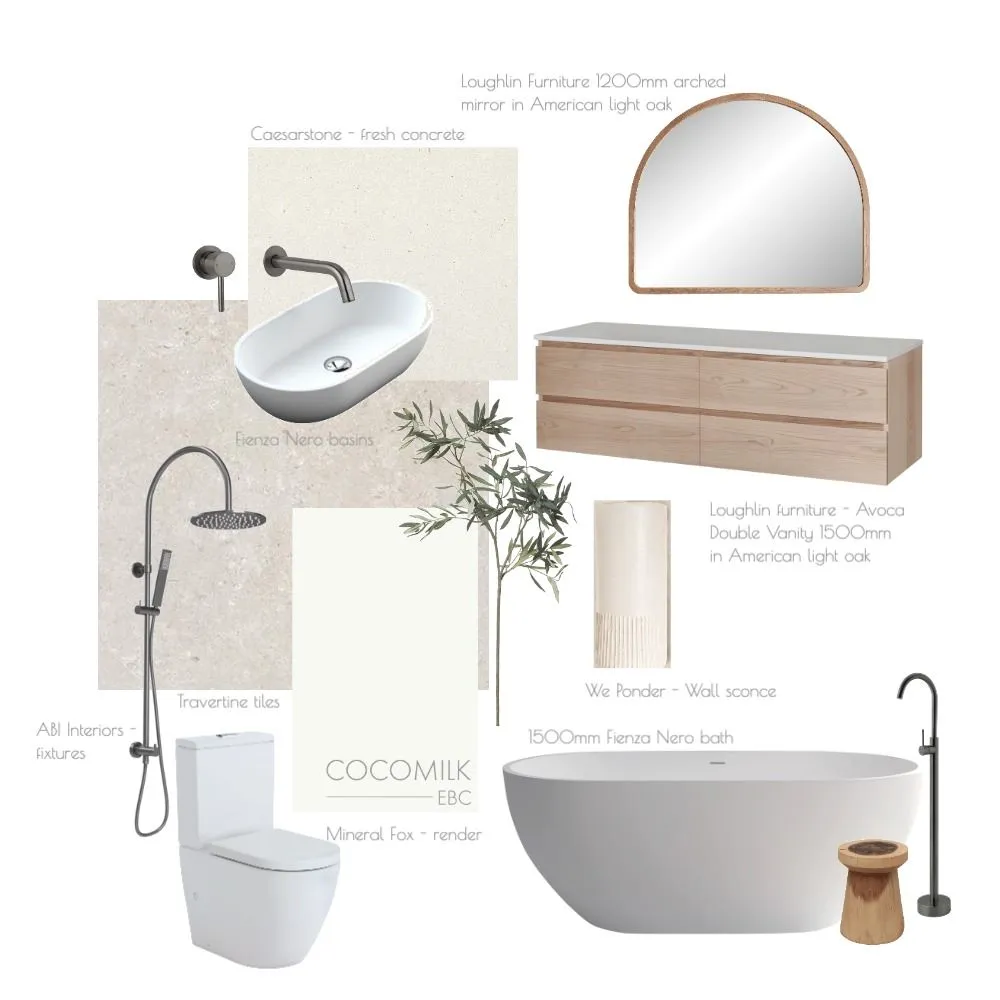 Mood board created by KH Designed on Style Sourcebook. View mood board here.
Mood board created by KH Designed on Style Sourcebook. View mood board here.
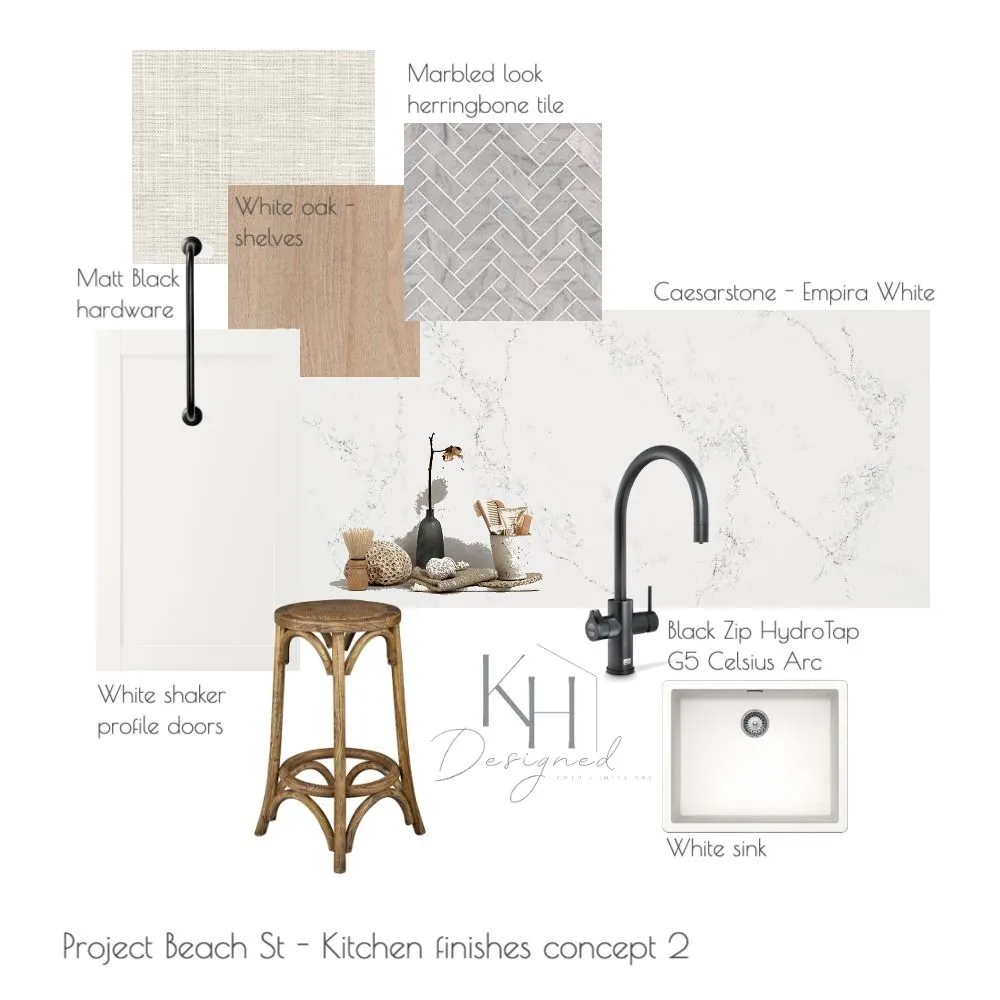 Mood board created by KH Designed on Style Sourcebook. View mood board here.
Mood board created by KH Designed on Style Sourcebook. View mood board here.
Samples
Sample mood boards are perfect for getting a feel for the aesthetics of the space. They often feature a range of swatches, alongside specific products, to convey the vision.
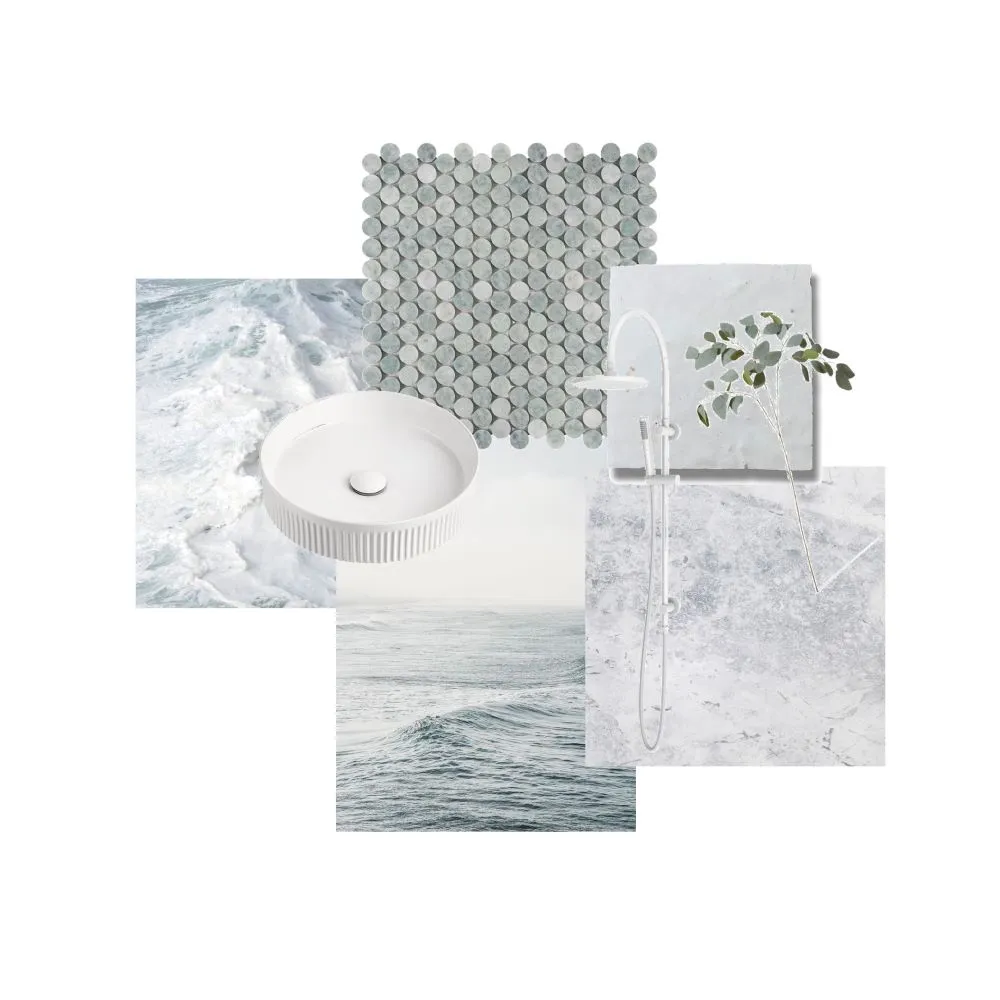 Mood board created by SALT SOL DESIGNS on Style Sourcebook. View mood board here.
Mood board created by SALT SOL DESIGNS on Style Sourcebook. View mood board here.
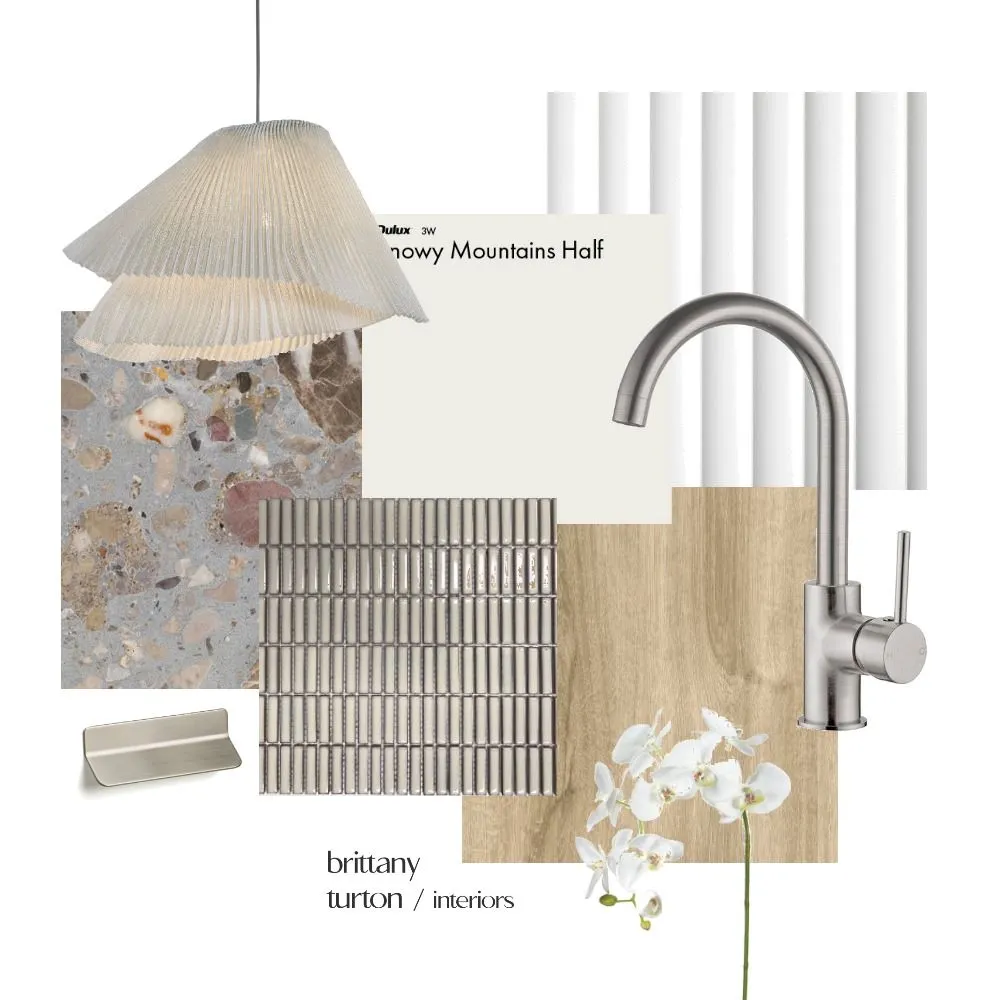 Mood board created by Brittany Turton Interiors on Style Sourcebook. View mood board here.
Mood board created by Brittany Turton Interiors on Style Sourcebook. View mood board here.
Creating Your Vision
Now it’s time to master the art of mood boarding. We recommend starting by popping your chosen products onto your blank mood board, it may seem a little messy but it’s all part of the method.
Then you can begin rearranging your pieces to your chosen layout. For example, if you’re opting to do a flat lay or a concept mood board, start by moving the larger items to the background. This might be anything from paint to flooring, rugs, curtains, artwork, or even your images. This creates a nice base for the smaller pieces. Scale is also really important when it comes to these other items. Unless they’re the focal point, make sure they don’t overtake the entirety of the board.
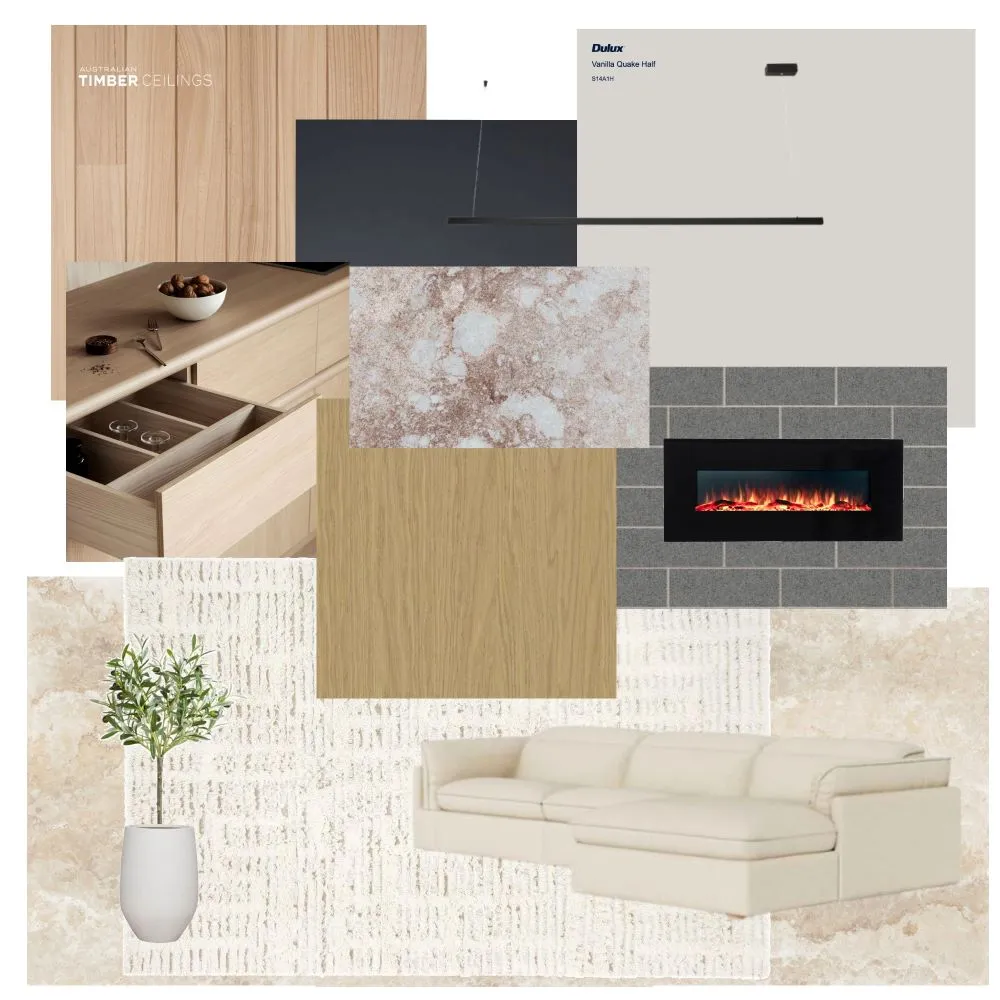 Mood board created by Emma Hurrell Interiors on Style Sourcebook. View mood board here.
Mood board created by Emma Hurrell Interiors on Style Sourcebook. View mood board here.
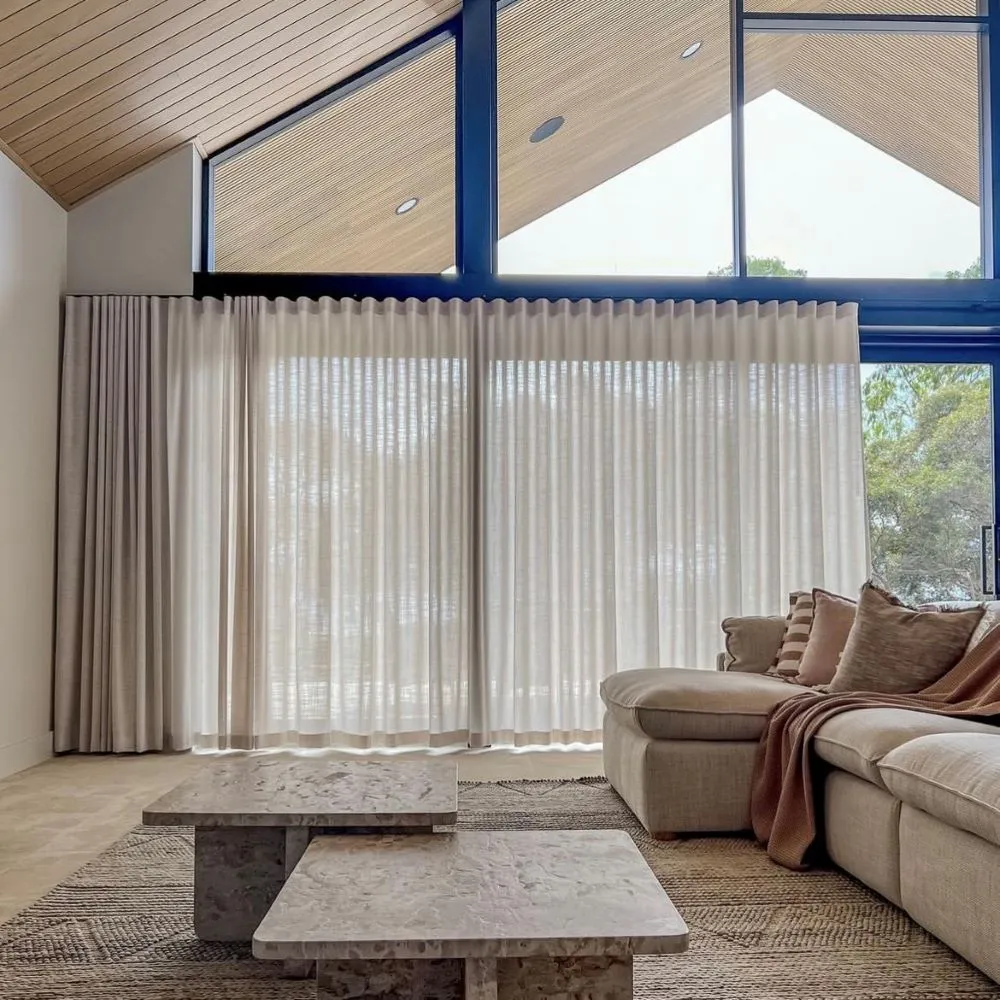 Image credit: Emma Hurrell Interiors
Image credit: Emma Hurrell Interiors
It’s also important to ask yourself:
Do you have any restrictions?
Will the items you've selected fit nicely in your space? What will the layout look like with these products?
Do your current items clash?
Some clashes are more obvious than others, so take your time to think about whether alternative items may work better in the long run. There may be too many colours or patterns competing for attention.
Does it feel flat?
Sometimes we get excited about a design element and overuse it. Maybe your design has relied too heavily on one colour or texture, and it may be worth thinking about introducing something a little different to add some vibrancy or life to your space.
Can you identify any pleasing patterns?
See if you can spot any colour themes, patterns, shapes, or an overall design style you might want to use in your space.
There's no time limit to this process. Take as long as you like - hours, days, weeks. Keep playing with options until you've settled on one that makes you feel the most inspired and excited.
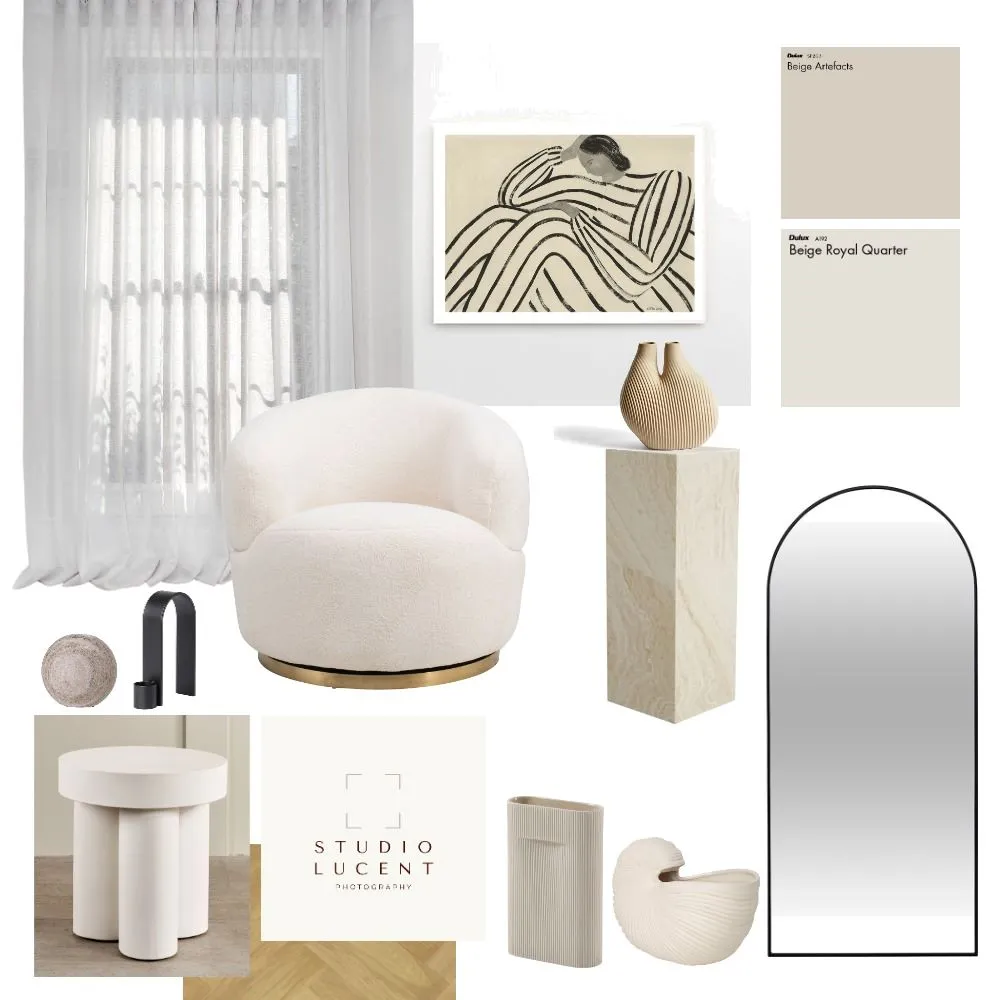 Mood board created by Royce Interiors on Style Sourcebook. View mood board here.
Mood board created by Royce Interiors on Style Sourcebook. View mood board here.
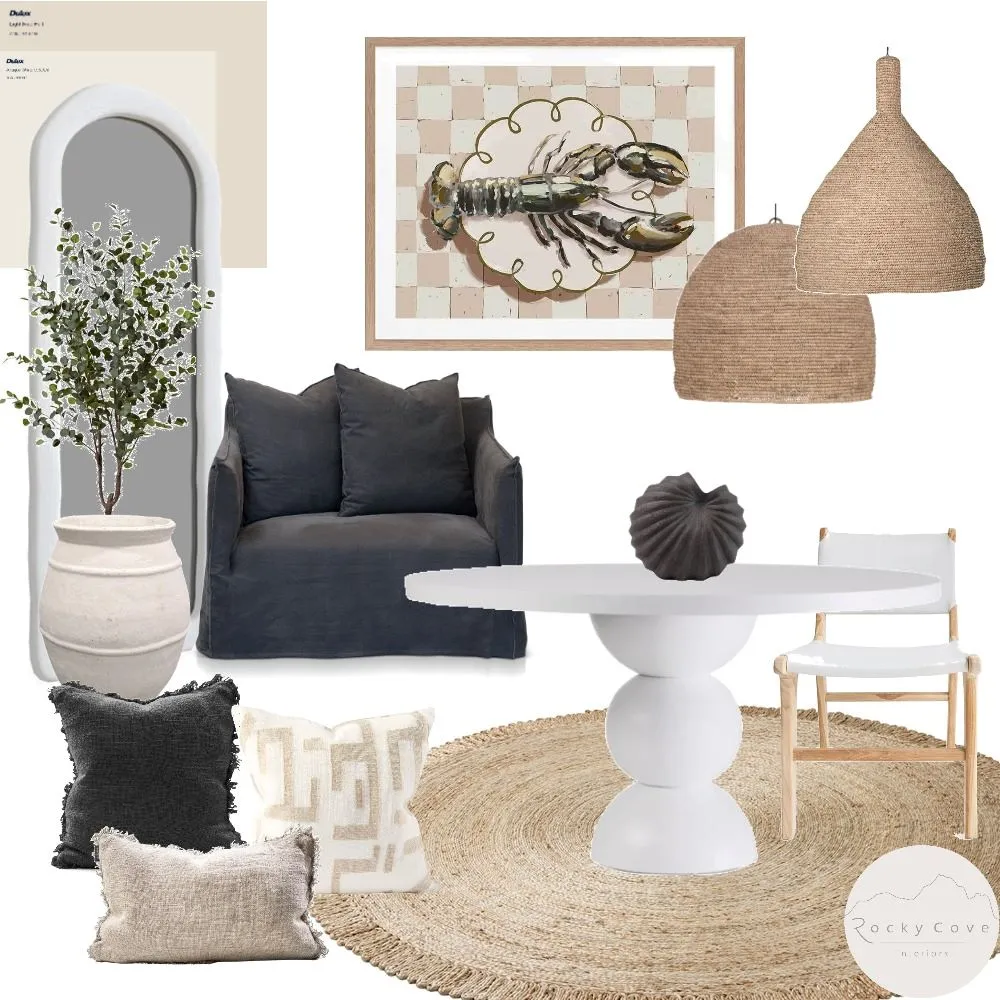 Mood board created by Rockycove Interiors on Style Sourcebook. View mood board here.
Mood board created by Rockycove Interiors on Style Sourcebook. View mood board here.
Top Tips For Mastering the Art of Mood Boarding
1. Even in mood boarding, it's good to have a focal point. If there are too many things on your board, it’ll become clutter and you risk losing the vision.
2. Every piece should serve a purpose. We know it can be hard to refine which products you want on your mood board, but it’s always good to ensure each element of your board complements the overall vision. Plus, you can always make a copy and swap out certain pieces to get a feel for what works best.
3. Don’t be afraid to step out of your comfort zone. Have a bit of fun with the styles, palettes, and aesthetics of your boards, you might be surprised at what you can create.
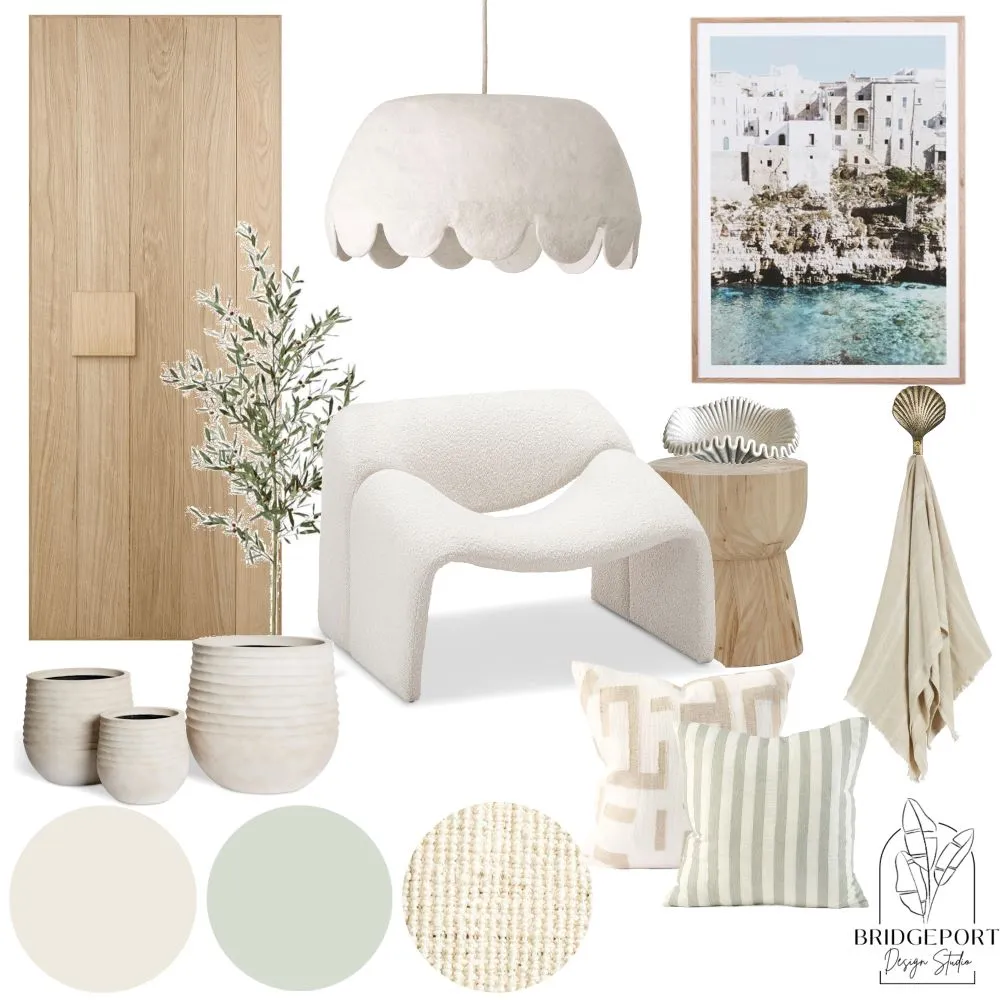 Mood board created by Bridgeport Design Studio on Style Sourcebook. View mood board here.
Mood board created by Bridgeport Design Studio on Style Sourcebook. View mood board here.
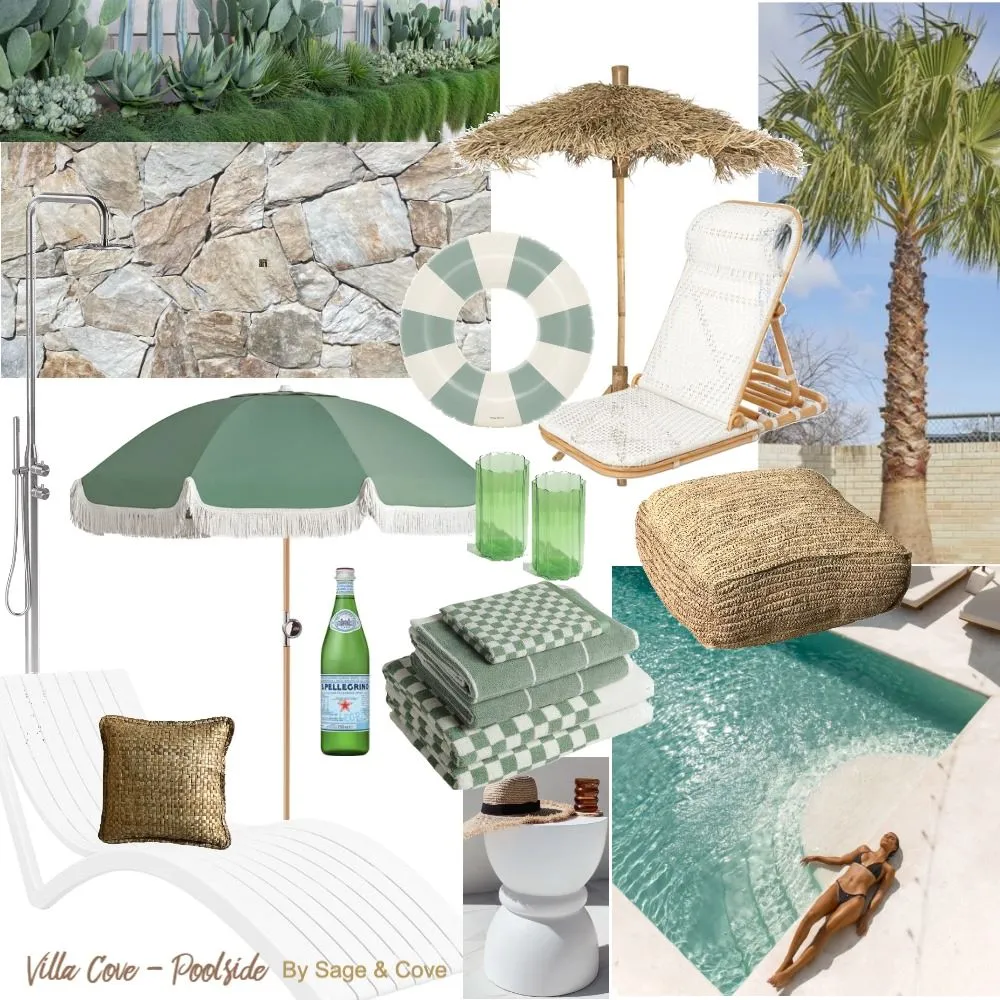 Mood board created by Sage & Cove on Style Sourcebook. View mood board here.
Mood board created by Sage & Cove on Style Sourcebook. View mood board here.
We can’t wait to see the mood boards you’ll create with these tips and tricks. Happy mood boarding!

